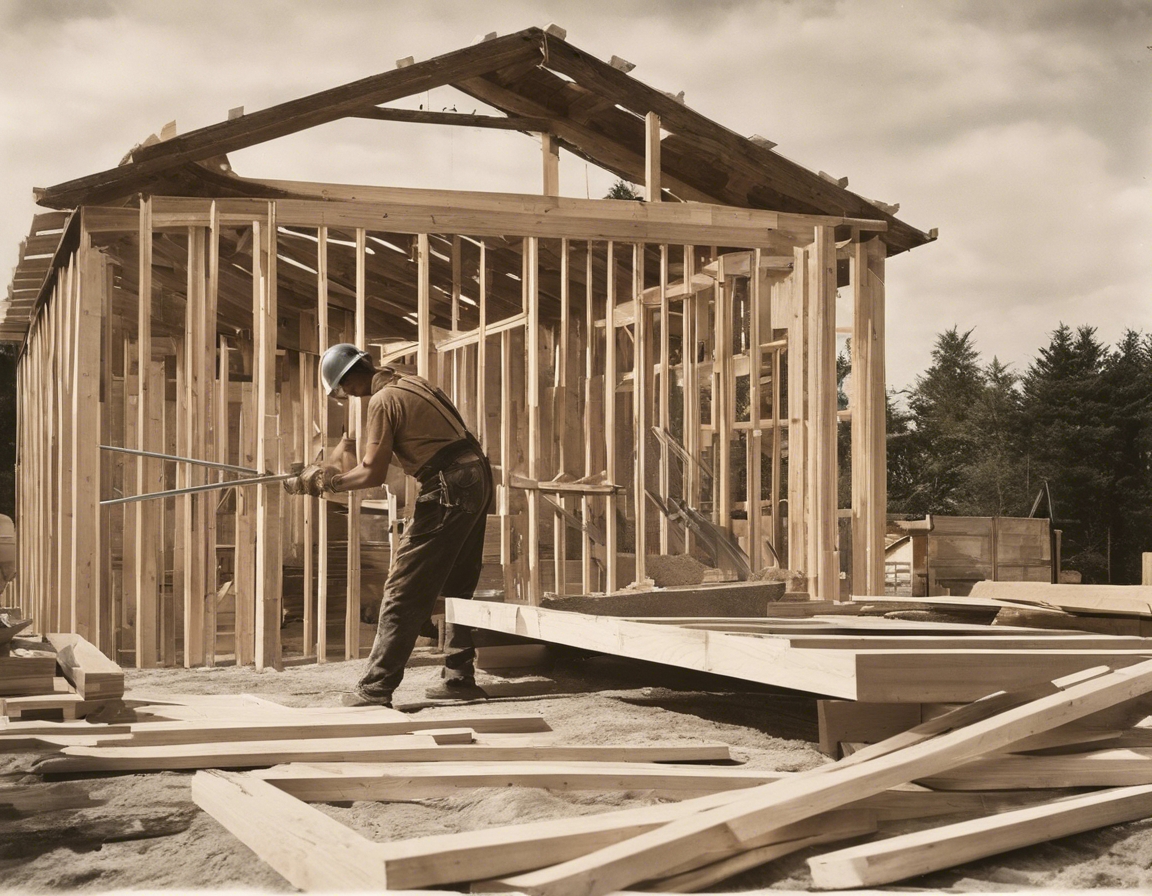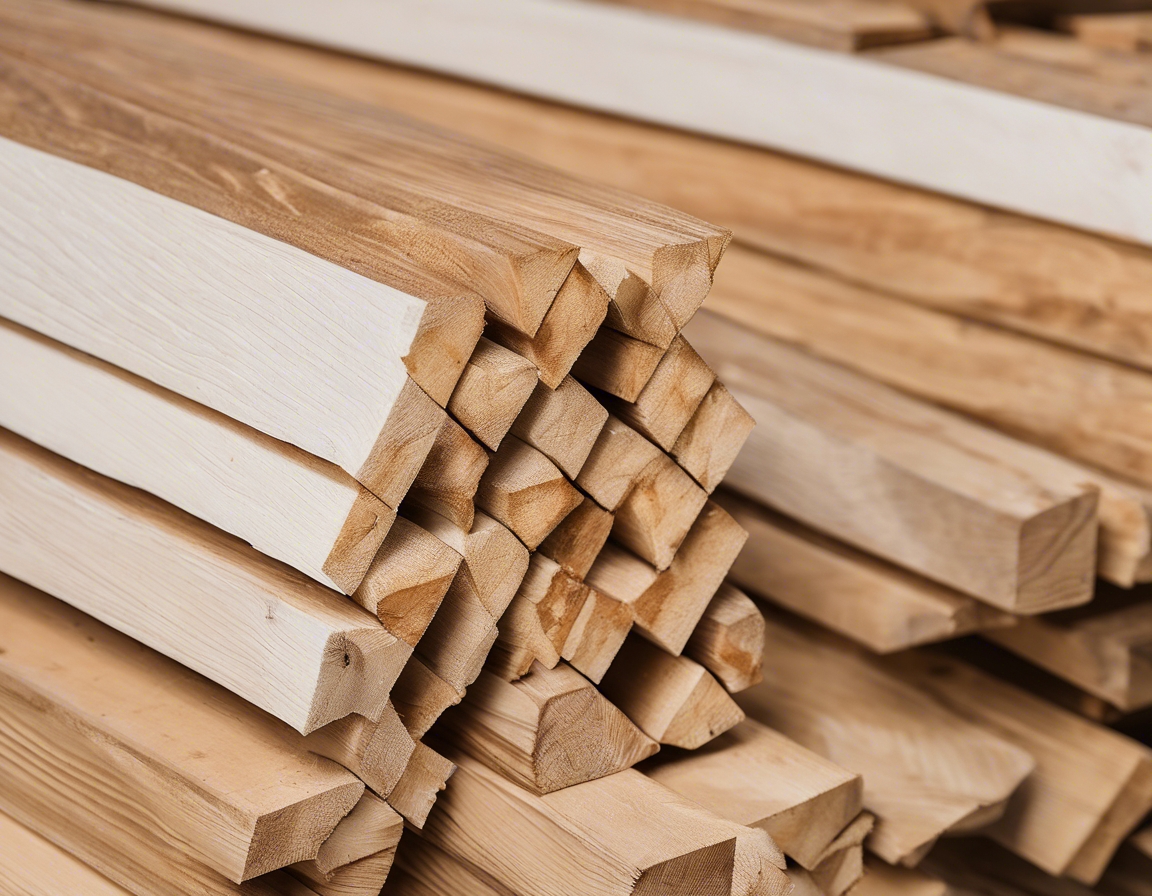The benefits of wooden elements in modern architecture
Wood has made a remarkable comeback in modern architecture, with architects and designers embracing its natural beauty and versatility. This resurgence is not just a nod to tradition but a forward-thinking approach to sustainable and innovative building practices.
Wooden elements offer a unique combination of aesthetic warmth and functional benefits. The tactile and visual appeal of wood can transform spaces, creating environments that are inviting and comforting.
Environmental Advantages of Wood in Construction
As a renewable resource, wood stands out in the realm of sustainable construction materials. Responsibly sourced wood ensures minimal environmental impact and promotes conservation efforts.
Wooden structures store carbon dioxide, reducing the amount of CO2 in the atmosphere. This natural process makes wood a key player in efforts to combat climate change.
Wood's natural insulation properties contribute to energy efficiency in buildings, leading to reduced energy consumption for heating and cooling.
Health and Wellbeing Benefits
Incorporating wooden elements in architecture can enhance the connection to nature, promoting wellbeing and reducing stress levels.
Wood has the ability to regulate humidity, contributing to improved indoor air quality and a healthier living environment.
Structural and Durability Advantages
Wood's strength-to-weight ratio is advantageous in construction, allowing for flexible design options and resilience to various stresses.
Advancements in wood treatment have enhanced its durability, making wooden structures more resistant to environmental elements and extending their lifespan.
Innovative treatments and preservation techniques have further improved the performance and longevity of wood in architectural applications.
Design Flexibility and Aesthetic Value
Wood can be adapted to a wide range of styles and finishes, offering architects and designers creative freedom in their projects.
Wooden elements can be seamlessly integrated with other materials, creating harmonious designs that complement the surrounding environment.
Economic Benefits and Local Sourcing
Wood is often more cost-effective than other building materials, making it an affordable option for many construction projects.
Using locally sourced wood supports local economies and promotes traditional craftsmanship, adding value beyond the material itself.






Comments (0)